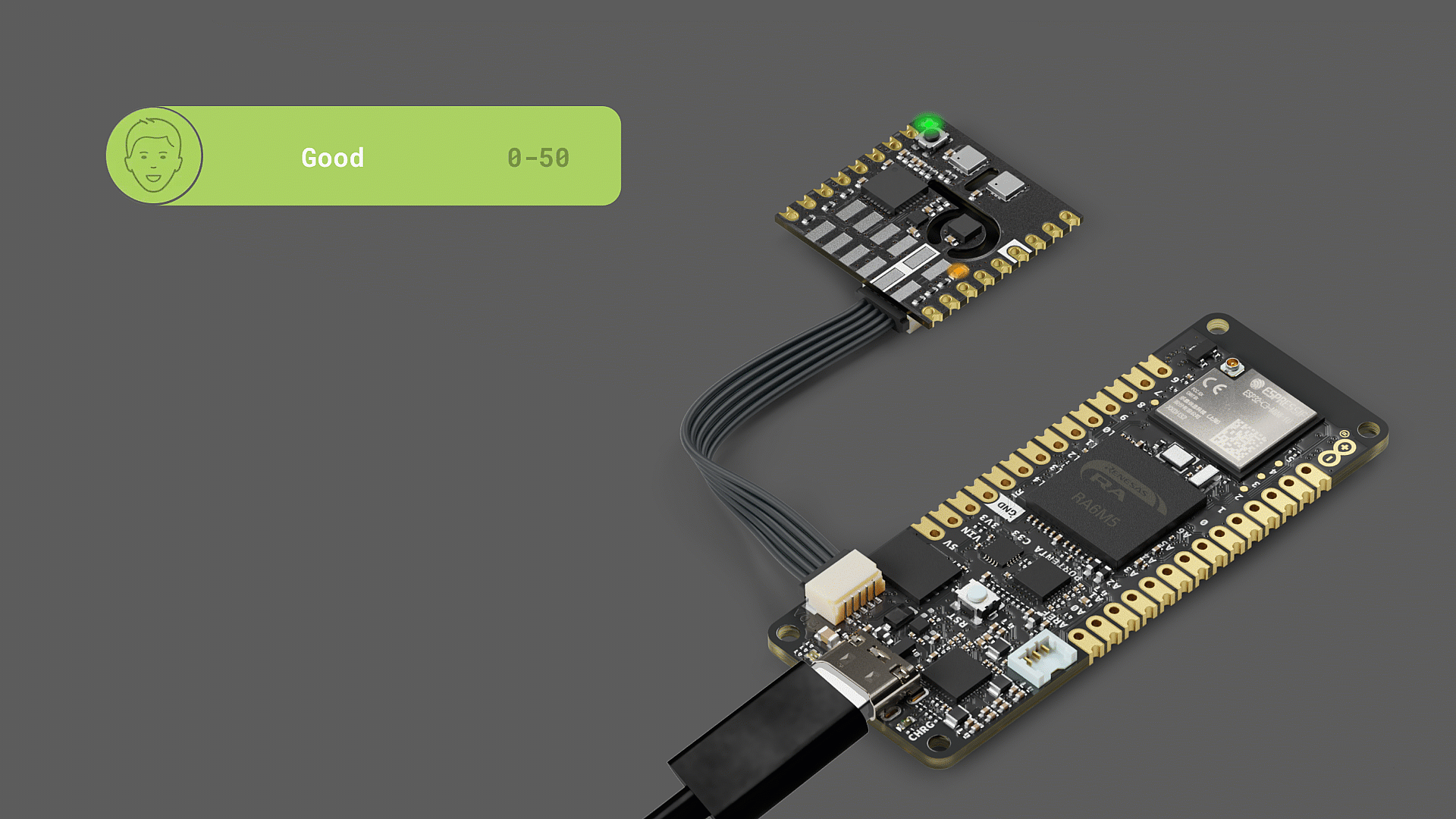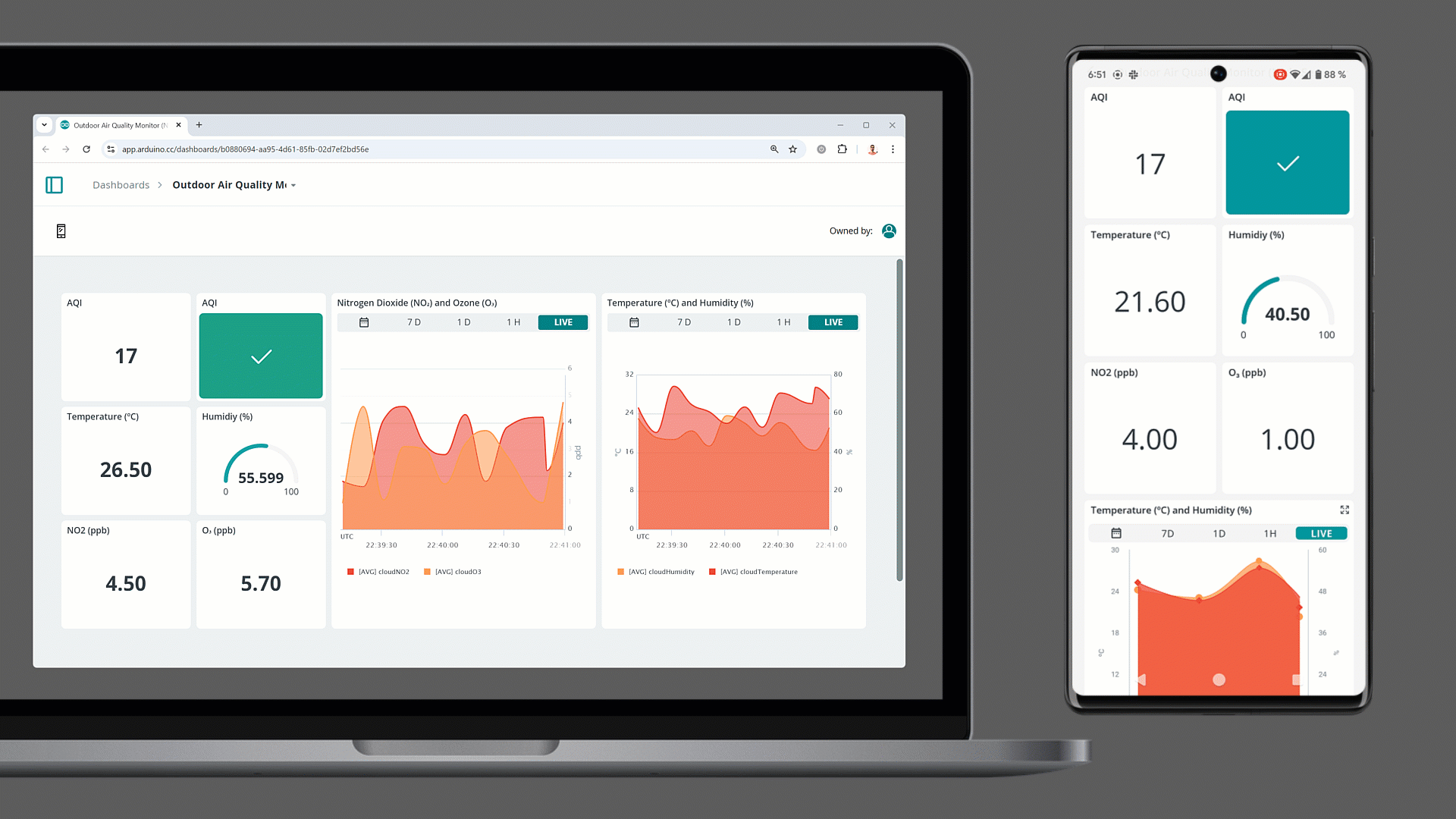(Image credit: Arduino)
When it comes to air pollution, we typically don't think of the seasons, whether it's winter, spring, summer or fall or why that would even matter. As it turns out, the seasons absolutely play a major role in how prominent air pollution is during any particular month, more so when it's winter. During the winter months, air pollution has a tendency to become increasingly worse, although not always; it does occur often during the cold season.
It's easy to see air pollution during warm weather, which is often seen in the form of smog and haze. As the colder months set in, that pollution can remain due to temperature inversion. The cold and drier air can trap that pollution, pulling it closer to the ground instead of whisking it away when the air is warm and higher.
Several other factors contribute to increased air pollution during the winter months, including increased heating emissions from sources such as wood stoves, fireplaces, and other sources that burn fossil fuels. Stable atmospheric conditions with fewer winds are also a factor, along with increased vehicle emissions and deicing chemicals that mix with dust and become airborne.
All of these factors can lead to poor air quality, which can have adverse effects on people's health, including cardiac and respiratory problems. While combating air pollution is a global problem, monitoring air quality can be done locally for those who may have health concerns about staying outside for long periods.
Enter the Arduino Portenta and Nicla Sense ENV Boards
Arduino recently released an outdoor air quality monitor project that makes use of the company's Portenta C33 and the Nicla Sense Env board. The build offers real-time data on temperature (°C), humidity (%), concentrations of NO₂ (ppb) and O₃ (ppb) and the outdoor Air Quality Index (AQI), and is ideal for use in urban areas, industrial zones or even environmental research.
According to Arduino, the air quality monitor provides real-time monitoring of environmental conditions, displaying pollutant levels and AQI (Air Quality Index) via the Arduino IDE Serial Monitor, using an RGB LED indicator to represent air quality conditions and enabling remote monitoring through the Arduino Cloud.

Arduino's air quality monitor takes advantage of LEDs to denote air quality in a simple fashion. (Image credit: Arduino)
The build uses the Nicla Sense Env board's ultra-low power temperature and humidity sensor and a pair of smart and industrial-grade gas sensors to provide accurate real-time (10-second intervals) pollution measurements. The collected data is then processed by the Portenta C33 into a single AQI value, which simplifies the interpretation via LED color (Green for good, Yellow for moderate, and Red for unhealthy) and allows for proactive responses to changing pollution conditions.

Air quality monitoring can be done in real-time via web-based dashboard or mobile app. (Image credit: Arduino)
As mentioned earlier, the build can also be monitored remotely via the Arduino Cloud, allowing users to access live sensor data via a web-based dashboard or mobile app, which turns this project into an IoT-based air quality tracking system that could potentially be integrated within a smart home ecosystem.
While the project is a simple way for users to keep tabs on local air pollution, it does have the potential to be enhanced, and Arduino offers suggestions for upgrades, including adding additional sensors to monitor other pollutants (CO, SO2, etc.), optimizing power efficiency for extended outdoor deployments and adding alerts for unsafe pollution levels. Users could also add additional units at multiple locations for a comprehensive geographic overview of pollutants and create custom dashboards on the cloud to track data trends for an in-depth air quality analysis.
Have a story tip? Message me at: http://twitter.com/Cabe_Atwell

